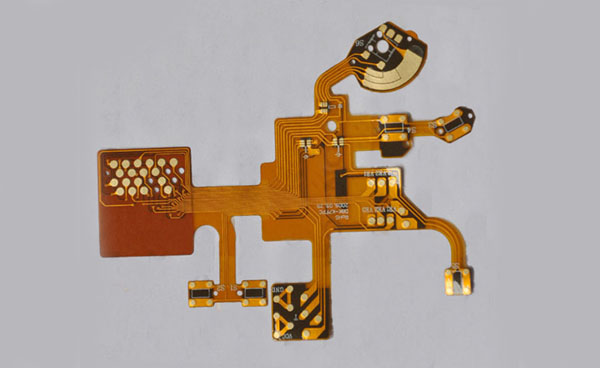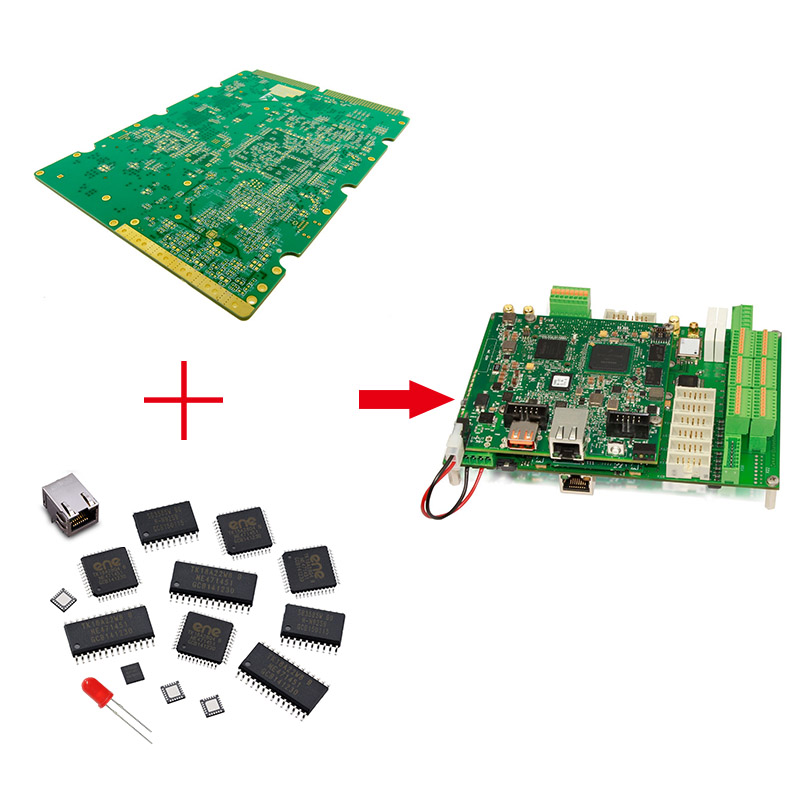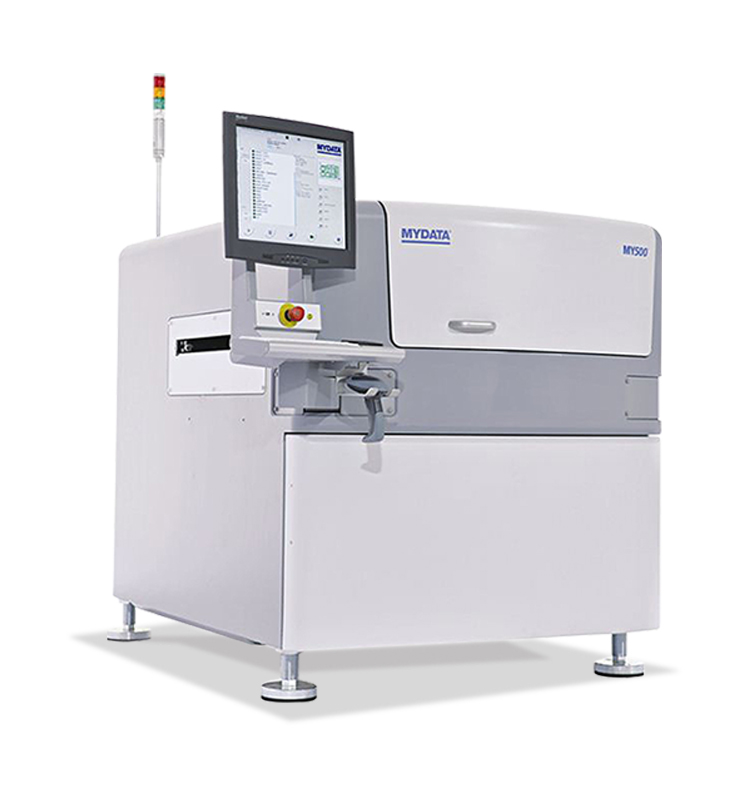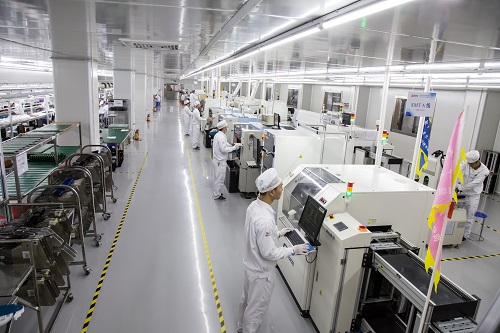About us
FASTPCBA Co.,Ltd
-
 Building 1, Senyang Electronic Technology Park, Guangming High-tech Park, Yutang Street, Guangming District, Shenzhen City.
Building 1, Senyang Electronic Technology Park, Guangming High-tech Park, Yutang Street, Guangming District, Shenzhen City.
-
 F:86-13418481618
F:86-13418481618
-
 [email protected]
[email protected]
 date:2019-04-30 10:11:00
date:2019-04-30 10:11:00
For printed circuit board what is mounting flexibility?
Mounting flexibility, also known as mounting flexibility, flexibility.
In the SMT industry, although people are familiar with the mounting flexibility, but what is the mounting flexibility? What is the standard for flexible mounting machines? Mounting accuracy, mounting speed, and mounting capabilities can all be quantified into specific data. Can placement flexibility be quantified?

Obviously, flexibility is not same as accuracy and speed, and it cannot be accurately quantified. Flexibility is similar to advanced and innovative features. It is just a conceptual, dynamic, and relative description of device characterization.
From the actual production requirements, the mounting flexibility should include the following aspects.
1.Ability to adapt to different PCBA products
This one is the basic requirement for machine flexibility. The "adaptation" here refers to a type of mounting machine that can face a variety of products, rather than the traditional combination of high-speed machine and multi-function machine.
Different PCBA products may use different types, sizes, thicknesses, materials, and surfaces PCB. Therefore, the PCB transfer, clamping, support, and reference identification capabilities of the mounting machine are different. At the same time, there may be different requirements for mounting mode, detection method and mounting force. The flexible mounting machine should be able to adapt to the different PCB variations without the need for a user to change the model.

Different PCBA products contain different components. The number and specific gravity of the chip components, the types of small chip components (0201 and 0 005), and the size, type and pitch of the IC package, the type, size and surface properties of the profiled components are all raise different requirements for the mounting ability of the mounting machine. Flexible mounting machines should be able to adapt to these different component variations without requiring the user to change models or additional investments.
2. Ability to balance accuracy and speed
This one is also a basic requirement for machine flexibility. Often in the characteristics of the mounting machine, there is a contradiction between flexibility and speed, flexibility and precision, and speed and precision. The flexibility of mounting is often at the cost of speed, and the improvement of precision can not be achieved without loss of speed. Increasing flexibility and precision are not compatible. However, modern assembly technology is to challenge these contradictions, and it is required to balance the accuracy and speed in the process of flexibility, so that the three can be paralleled, achieve dynamic balance, and achieve optimal cooperation.

It is gratifying that due to the continuous innovation of modern technology, with the development of equipment manufacturing technology, the above contradictions are gradually being solved, and to some extent, flexible mounting machines with high precision and high speed can be realized.
3.Rapid production conversion
The basic purpose of flexibility is to achieve high-efficiency production in small batches and multiple varieties, so there is a relatively high requirement for the fastest production conversion and set-up time. Fast conversion is currently achieved through flexible configuration of quick-change component systems and advanced open-source, off-line programmable high-efficiency mounting machine software systems.For the newly launched SMT machine, the theoretical conversion time has been shortened to 30 ~ 15 min. Of course, it is the same as the theoretical mounting speed. The data provided by these equipment suppliers are only for comparison and reference.

4.Ability to upgrade
This one is also an increased requirement for the flexibility machine.Mounting device as production investment, it is inevitable that the mounting equipment is expected to exert maximum benefits. However, in today's ever-changing market, an investment company is required to accurately estimate the direction and type of products in the future. Obviously, it is not the capability that every enterprise own. Therefore, the mounting machine is required to have flexibility in the following cases.

When there is a large change in production scale (usually expanding capacity), it is possible to adapt to new requirements by adding modules or replacing parts instead of repurchasing equipment. For example, the simplest configuration is a 3-arch mounting machine with 6 mounting heads with a mounting speed of 30 000 cph, which can be gradually increased by 5,000 cph by adding modules.
When the product type changes greatly, it can adapt to the new product mounting requirements by adding modules or replacing some parts. For example, a new mounting machine can be mounted in a 30 mm x 30 mm IC package that can be expanded to a 50mm x 50mm mounting range with a special mounting head.
Upgrades can be achieved at a lower cost when new technologies are introduced in the mounting machine equipment manufacturing.
 Building 1, Senyang Electronic Technology Park, Guangming High-tech Park, Yutang Street, Guangming District, Shenzhen City.
Building 1, Senyang Electronic Technology Park, Guangming High-tech Park, Yutang Street, Guangming District, Shenzhen City.
 F:86-13418481618
F:86-13418481618
 [email protected]
[email protected]